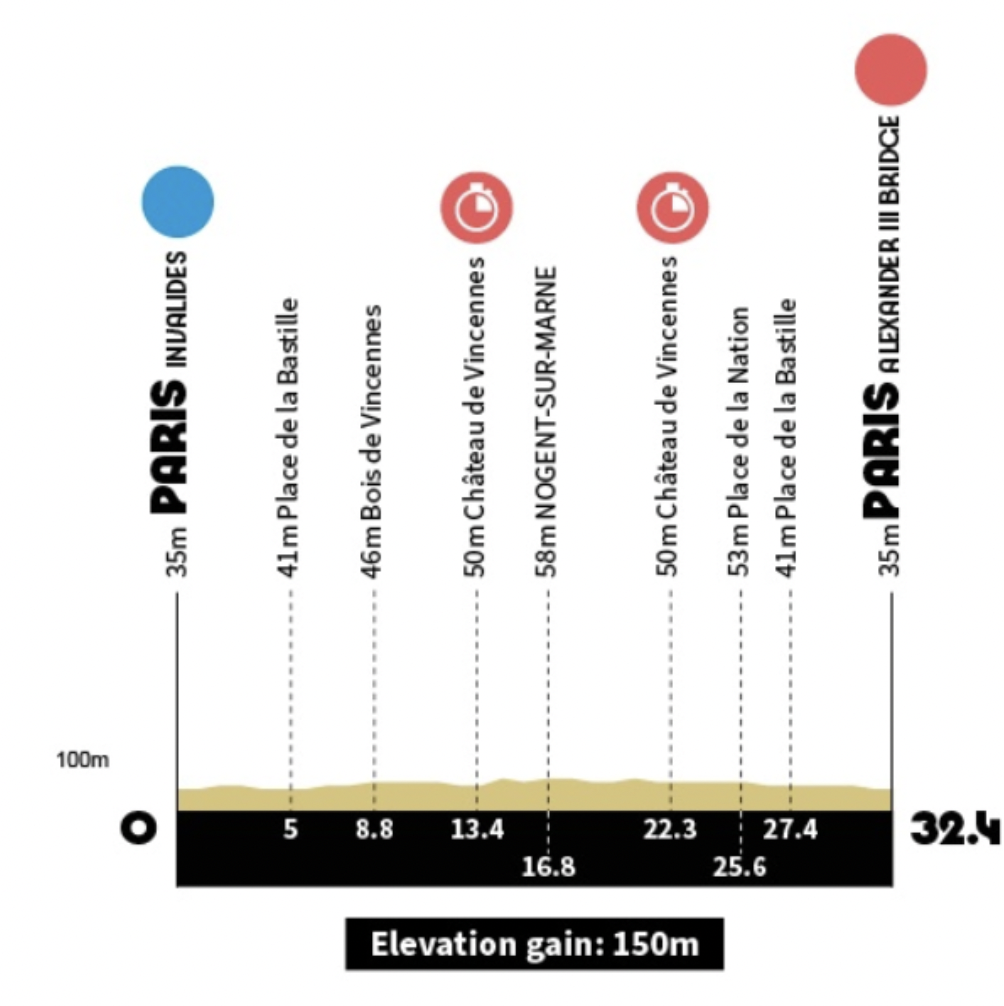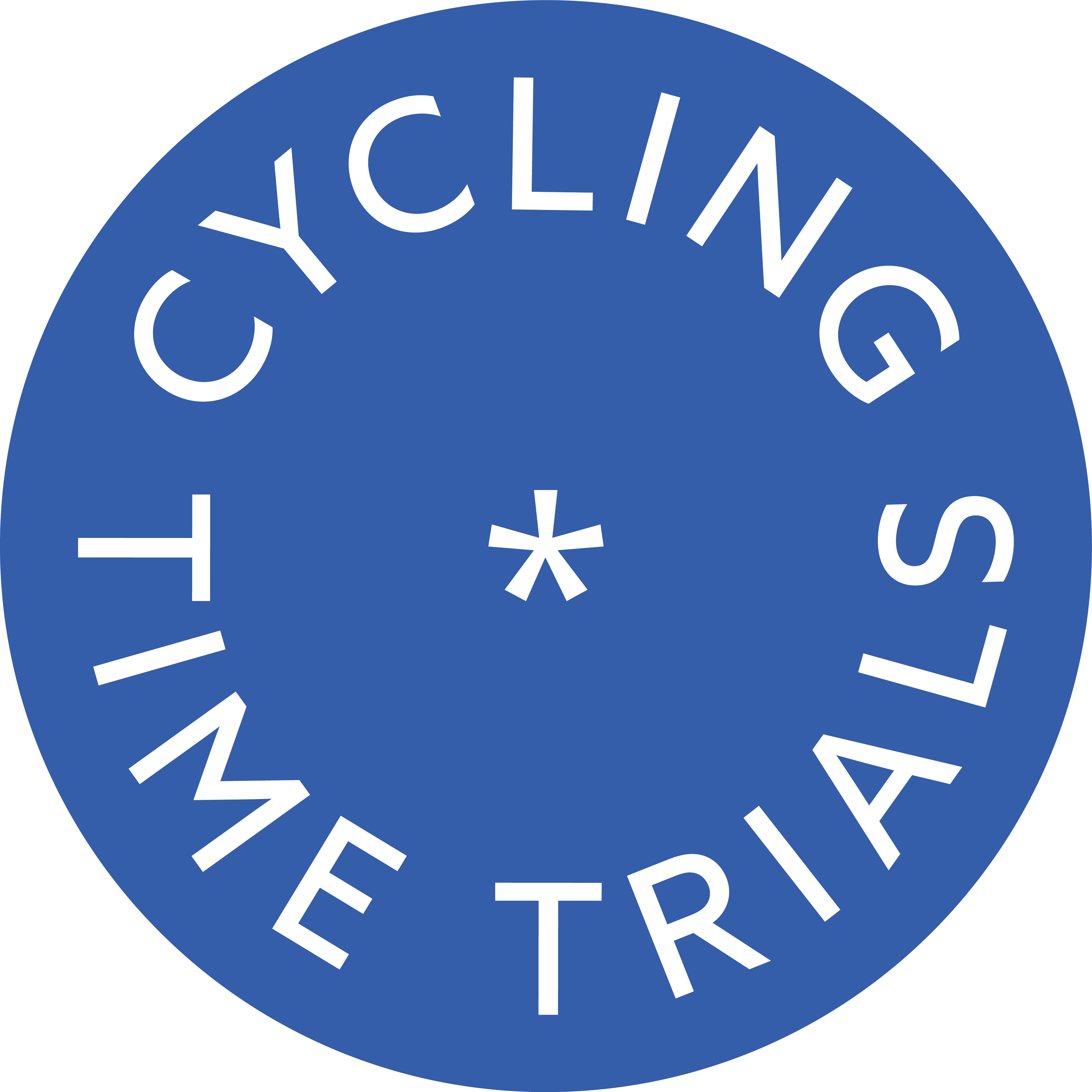The Olympic Games are somehow here again, despite feeling as if Tokyo was last week (of course it was delayed). Let’s take a look at the TT course…

The course’s landmarks
The men’s and women’s time trials commence upstream from Invalides, near the Eiffel Tower, with a start on the Esplanade and a conclusion on the Pont Alexandre III.
Both men and women follow the same 32.4km route that proceeds eastward along Boulevard Saint-Germain, crossing the Pont de Sully and passing the historical Place de la Bastille. The Place de la Bastille is a historic square located in the 4th, 11th, and 12th arrondissements of Paris, France. The square is renowned for its symbolic significance in French history, particularly as the site of the infamous Bastille prison. The Bastille, a fortress and state prison, became a symbol of royal tyranny and oppression. After the Bastille we will see the riders sharply turning towards a section that meanders through the Polygone de Vincennes.
While lacking much in terms of elevation changes, the course features numerous corners, with the tightest occurring near the Vélodrome Jacques Anquetil. The velodrome’s namesake, Jacques Anquetil (1934-1987), was a French professional road cyclist, renowned for winning the Tour de France five times between 1957 and 1964. Poignantly, he was known as “Monsieur Chrono” for his exceptional time trial abilities.
The technical nature of the time trial course will lend a hand to more skilled, or braver, riders. The fact that it’s a city centre course makes recon rides difficult too – adding to the technical nature of the course. That said, there’s a noteworthy long, straight 5km stretch at the conclusion, catering to participants specialising in time trials. A section of the course where pure watts/cda will be important.
We will have a detailed preview up for this, complete with a forecast, and all of the major events in 2024 so keep your eyes peeled.
The route not only serves as a physical test but also provides a historical and cultural tour of Paris, encompassing landmarks such as the Eiffel Tower and the Place de la Bastille. The course will look spectacular on TV and the fans will be lining the course – and LOUD! For spectators attending the event in Paris at the end of July, anticipate warm summer temperatures with average highs ranging from 25 to 30 degrees Celsius (77-86 degrees Fahrenheit). This technical yet captivating course promises an engaging experience for cyclists and onlookers alike. If you want to check out the parcours for all major events in 2024, sign up to myWindsock here.

 UK Time Trial Events
UK Time Trial Events




